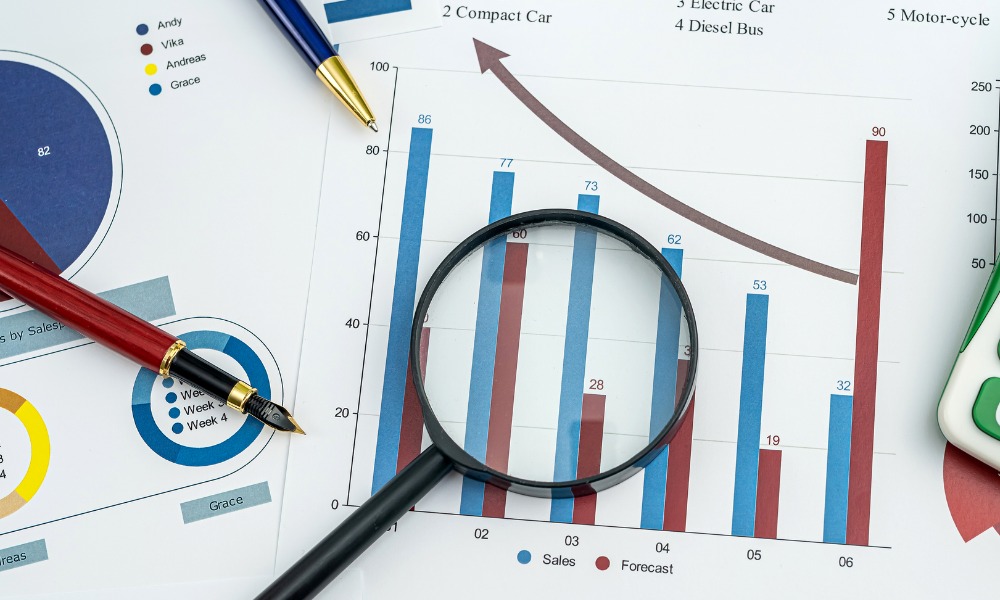Even investors that don’t require intraday liquidity can benefit from executing strategies through ETFs

While ETF investors are able to buy and sell ETFs throughout a given day of trading, not all investors choose to exercise that benefit; many purchase ETFs with the intention of holding the products in their portfolios for the long term. But even for such buyers-and-holders, the fact that ETFs trade on an exchange unlike other wrappers like mutual funds has advantages.
“[B]ecause the ETF is exchange listed, it provides an extra avenue of liquidity in addition to the liquidity provided by the underlying securities,” wrote Anita Rausch, head of Capital Markets at WisdomTree, in a new commentary. “This proves extremely useful during times of stress.”
Rausch cited the seizure in the high-yield-bond market during the fall of 2015; the Third Avenue Focused Credit, a mutual fund that was invested in extremely distressed debt, had to halt redemptions during the event. Many high-yield bond ETFs, on the other hand, were still able to trade without error. “Although spreads may have widened to reflect the underlying stress, these ETFs went on to trade many multiples of their average daily volumes for many months,” she said.
Tax efficiency is another benefit. ETFs are generally more tax-efficient than their counterpart mutual funds because they are able to redeem and create shares through an in-kind mechanism. The ability to trade on exchange also provides tax benefits, as it allows shares of the ETF to be passed back and forth without generating turnover in the underlying portfolio.
“In fact, an Investment Company Institute report notes that less than 10% of the ETF average daily volume (ADV) translates into creation/redemptions, or trading within the fund,” Rausch noted.
The fact that only 10% of the ETF ADV results in trading within the fund also creates an opportunity for investors to trade an ETF for less than the cost they’d pay to buy or sell the underlying components by himself or herself. Since market makers don’t have to execute trades for 90% of the ADV, they can pass on savings to the end investor in the form of tighter spreads. A past research report from KCG, which has since been acquired by Virtu Financial, observed that 90% of US equity ETFs with underlying US equity securities trade tighter than the cost to buy or sell that collection of securities.
“The exchange listing of an ETF provides a place away from the portfolio to trade exposure of that investment strategy,” Rausch said. “This extra place to trade adds another dimension to that investment strategy.”



